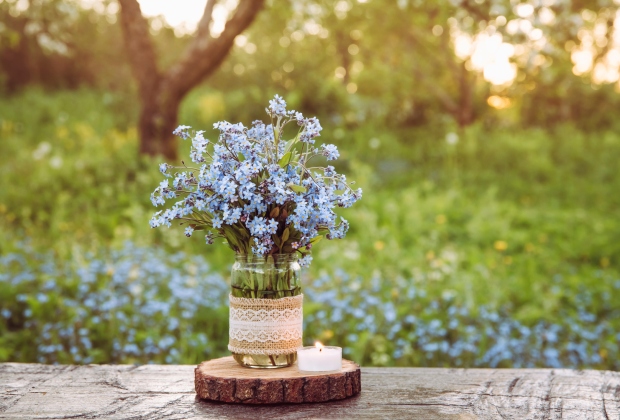Annuals or Perennials: What's the Difference?
When it comes to growing flowers, there’s an important distinction between annuals and perennials. Both offer appeal for a cut-flower business, but they require different planting and maintenance strategies. Seasoned flower growers typically prefer growing a variety of both. Here are the key distinctions to be aware of between them.

Annuals and Perennials Defined
The primary difference between annual and perennial plants is their lifespan. Annuals grow quickly from seed and reach the end of their lifespan by the end of the growing season. You’ll get lots of growth fast but will need to start all over again the following year.
In contrast, perennials will live for several years or longer. They take a longer time to get established and might not produce impressive blooms for the first few months. However, they tend to grow exponentially in the years after because they’ve put so much effort into developing a solid root system. Once established, perennials require minimal maintenance and produce an abundance of flowers for harvest.

Note: Many perennial plants grow as annuals in different growing zones. So, while basil may grow year-round in the tropics, the plants will die at first contact with freezing temperatures elsewhere.
Popular Annual Cut Flowers
- Ageratum
- Calendula
- Bachelor’s button
- Larkspur
- Gladiolus
- Sunflower
- Sweet pea
- Stock
- Zinnia
- Amaranth
- Cosmos
- Rudbeckia
- Snapdragons
- Strawflowers
- Dahlia

Popular Perennial Cut Flowers
- Blazing star
- Coreopsis
- Salvia
- Yarrow
- Clustered bellflower
- Bee balm
- Garden phlox
- Japanese anemone
- Lily
- Purple coneflower
- Bearded iris
- Peony
- New England aster
- Echinacea
- Sedum

Growing Differences Between Annuals and Perennials
While annual and perennial flowers produce similar results in bouquets, their growing styles are different.
You’ll usually need to devote more space and time to establish perennials, as the plants grow slower but get bigger in the long-term. Many varieties need to be seeded indoors and transplanted in the spring to ensure they get a long enough growing season to take off next year. Likewise, you’ll need to consider their growing placement more carefully than annuals, as perennials will be in one location for years to come.
If you’re just starting out with cut-flower gardening, it’s best to grow a mix of annuals and perennials. That way, you’ll get some blooms right away while still laying the groundwork for robust harvests in future growing seasons.
